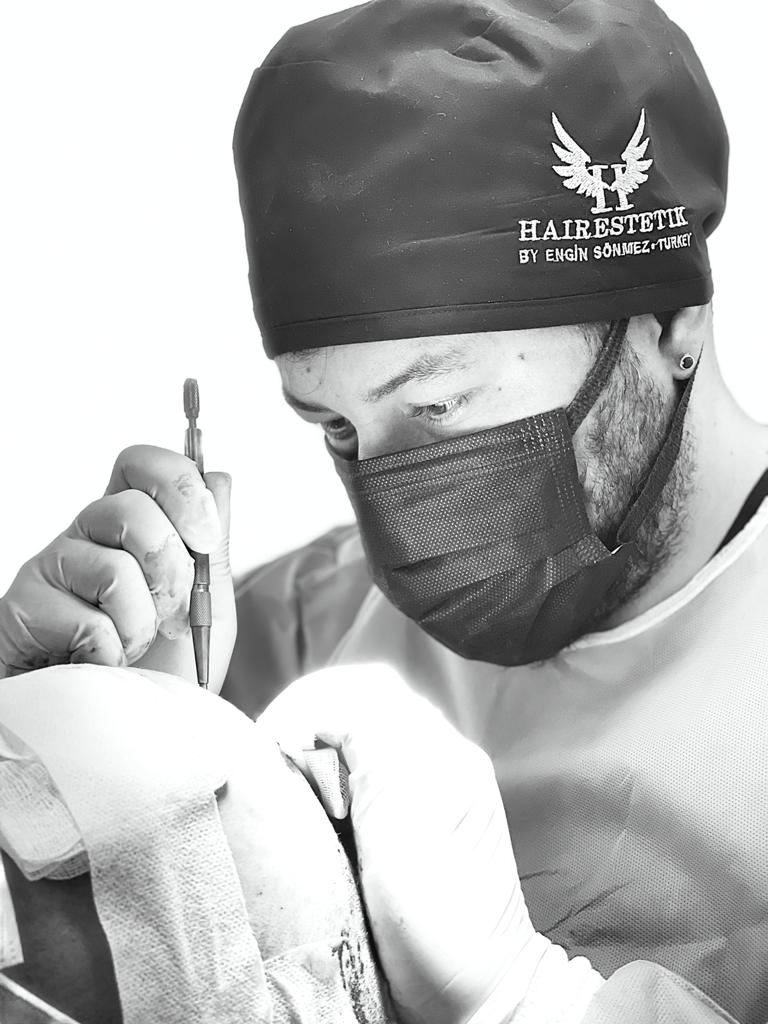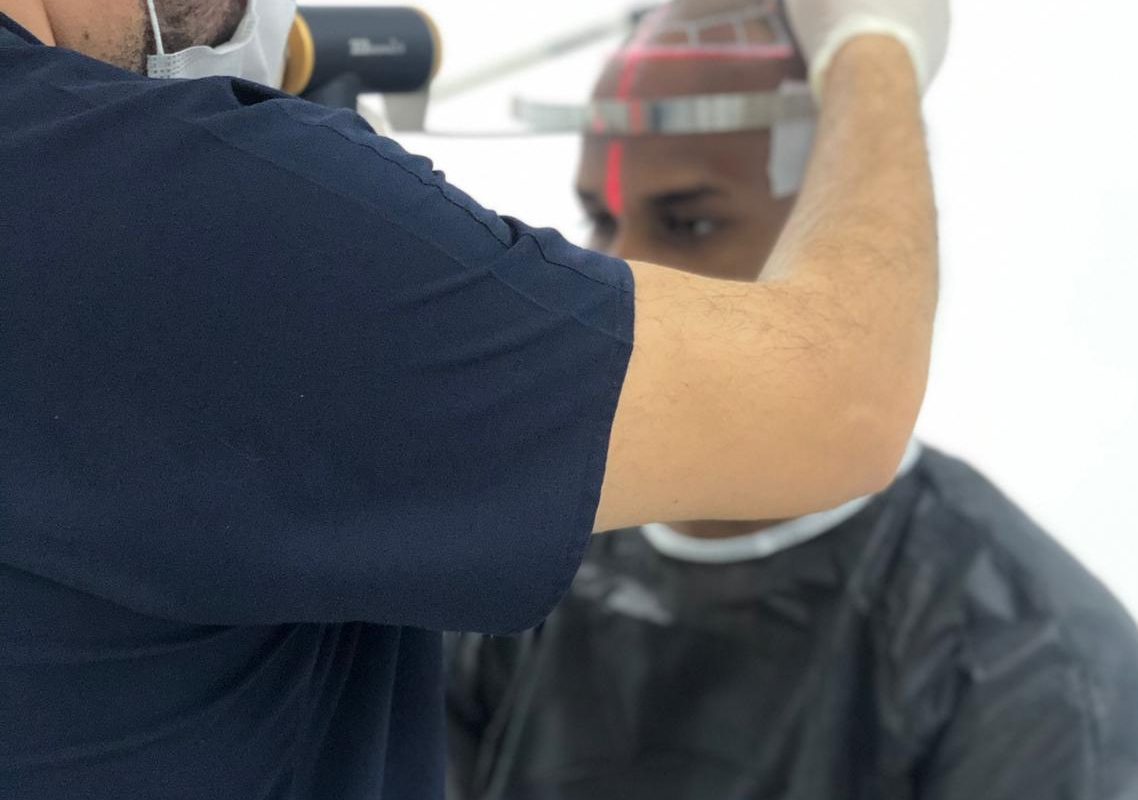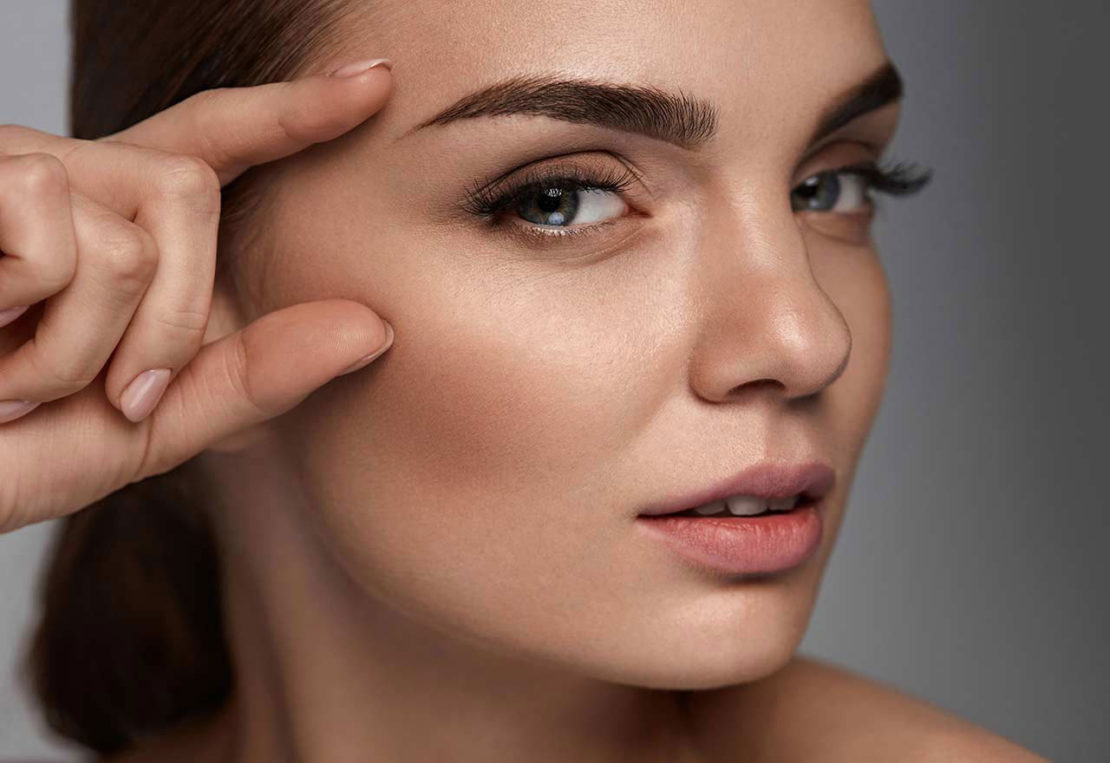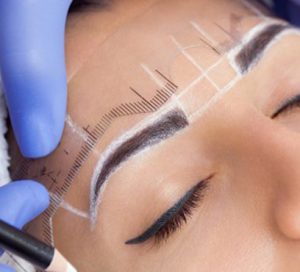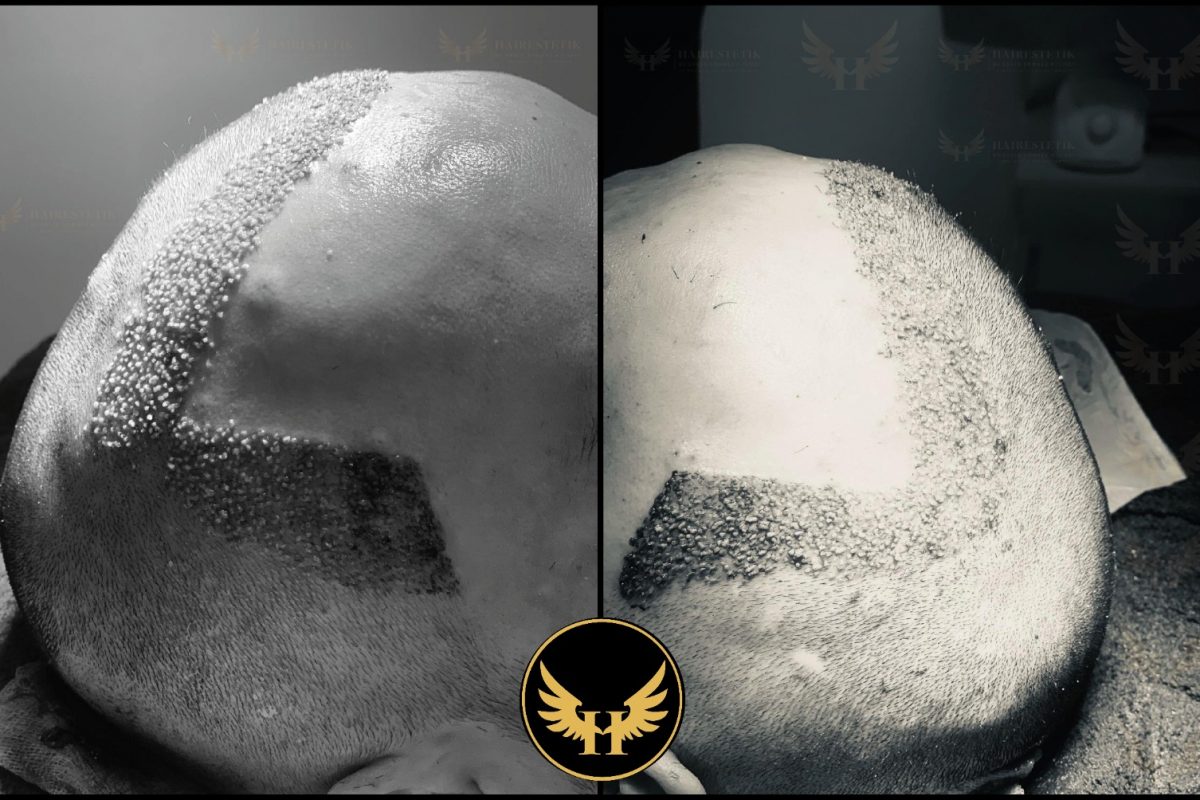What is Graft Calculation?
Graft programming to be done before hair transplantation comes with explanations about transplantation. In addition to October shopping; In a thin hair analysis in the donor area and its personification, the grafts to be added are calculated and it becomes a kind of analysis.
Thanks to the graft calculation, in the operation to be transplanted with the person to be transplanted, a training will be added to the operation that can progress in the operation, and the training can be calculated in a way that is easy enough to learn which transplantation can be done.
For these reasons, “graft calculation is very important. The number of grafts to be added in the operation is revealed as the hair transplant.
What Is Considered While Making Graft Calculation?
The expectation is the hair transplant in the mind of the person who will have a hair transplant.
When you go to the examination, there are 2 important issues in hair analysis; expectations and possibilities. Opportunities are real. So, for example, someone who has completely lost the front and top areas may expect a complete transplant to the bald area. But the resources at hand may not answer this. Because, if the donor area is weak, it is not possible to provide hair follicles to such a large area.
Therefore, expectations should be measured and the doctor’s decision should be respected. However, whether you have any question marks or not, go to more than one place and get a hair analysis and opinion.
While calculating the graft, the quality and density of your grafts and the thickness of your hair strands are checked after the hair analysis. Since people with very strong and high quality hair follicles have more hair follicles per graft, more bald areas can be covered with less grafts, or more grafts will be required in an individual with low hair follicle quality. Your doctor will determine how many grafts you need by paying attention to these details in the hair analysis he will do before the operation.
There is no such thing as more graft planting is better. The important thing is to make a good calculation and to prepare a hair transplant planning that will cover the really spilled areas in the most natural way. In fact, there are disadvantages of transplanting a very high amount of grafts at once.
When calculating the graft, the hair follicles that will lose their vitality during the operation should also be taken into account. Some of the hair follicles kept during the operation may lose their vitality and cannot grow hair follicles in the area where they are planted. A 10% loss is considered normal here. This rule is taken into account when calculating the graft.
How is Graft Calculation Made?
While calculating the grafts before hair transplantation, the hairy and balding areas on the scalp are carefully examined. For example, more hair follicles, that is, grafts, are required for transplantation to the crown area. Even if the donor region is very strong, it is very difficult to maintain the density of the peak region.
Hair follicle density of grafts is an important factor in graft calculation.
Therefore, rather than putting too much effort into the hill region; It would be more logical to fill the front and sides.
Graft calculation is also done according to the quality of the grafts. Since there are more hair follicles in quality grafts, more areas can be closed more easily with fewer grafts. Here, the importance of the graft calculation process comes into play.
Graft calculation does not mean counting the grafts to be collected or collected one by one. The issue is to make the right planning before hair transplantation and to distribute the grafts correctly to the area to be transplanted. In other words, it is to use the hair follicles in the hand in the most efficient way.
Does Graft Calculation Affect Hair Transplant Prices?
The number of grafts in hair transplantation, of course, affects the prices. Since the number of grafts affects the duration of the operation, it also has an effect on the prices. Sometimes only 500-1000 grafts are transplanted in sideburn or regional transplants and the operation time takes 2-3 hours. Sometimes, 5000 grafts are transplanted in a single operation and therefore the operation takes 8-9 hours.
The number of grafts to be collected has an important place among the factors that determine the prices of hair transplantation.
Today, many hair transplant centers make pricing based on the number of hair follicles/grafts to be transplanted.
Some hair transplant centers assist in the calculation of grafts and give prices through “online consultation”. But the healthiest examination is of course the face-to-face examination.
What Happens If the Number of Grafts Is Calculated Wrong?
Calculating the number of grafts is a job that requires an accurate hair analysis and experience. After the number of grafts is calculated, so many hair follicles are taken from the donor area and transferred to the bald area. Calculating the number of grafts incorrectly means collecting more or less grafts than necessary.
If less than necessary grafts are collected;
The bald area does not close,
A second hair transplant may be required,
Hair transplantation does not look natural,
If it is collected more than necessary;
Hair roots are wasted,
More frequent planting affects the naturalness negatively.
The donor area is destroyed
When a second transplant is required, it may be insufficient in the donor area.
ATTENTION! The thought of “planting a high number of grafts in one operation is a skill” is wrong. As in everything else, there are disadvantages of transplanting a large number of grafts unnecessarily in hair transplantation. There are also different disadvantages of making a high number of plantings in a single operation.
When a large number of grafts are transplanted at once, there is a significant decrease in the donor area, and even all grafts that can be used in the donor area can be finished, the biggest risk of this situation is that it becomes impossible to re-correct any problem that may arise. The right thing to do is to act by taking into account the setbacks that may arise. As a striking example here, after a very successful operation, when you are waiting for your hair to come out, getting hit on your head in an unexpected way causes all the roots in that area to die, and if your donor area is depleted, it becomes almost impossible to fix it.
Making the most accurate hair transplant planning and graft calculation process should mean considering all these possibilities.

